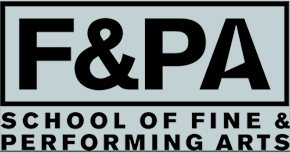The Arrested Image: Identity Through the Lens of Law Enforcement
Curated by Sophie Landres
June 21 – November 2, 2025
Chandler and North Galleries
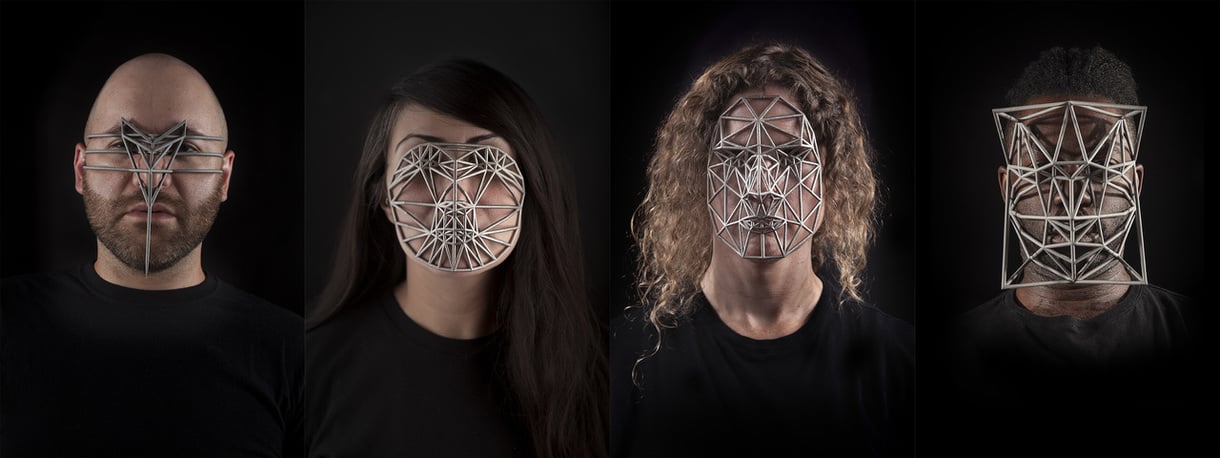
Zach Blas, Face Cages, 2014–2016, courtesy of the artist
The Arrested Image: Identity through the Lens of Law Enforcement, takes a close look at the portraits produced by police vision. By turning the gaze back onto how forms of law enforcement see and portray, it poses urgent questions regarding the relationship between identity and notions of truth, liberty, privacy, and justice in the face of rapidly advancing law enforcement technology.
From 19th century daguerreotype mugshots to today’s biometric databases, law enforcement techniques evolved in tandem with technologies used to represent identity. Despite the presumed objectivity of photography and its technological replacements, asymmetries between representation and reality proliferated along the way. Through archival material and artwork by 16 contemporary artists, The Arrested Image demonstrates the extent to which policing produces images that shape conceptions of identity and are often misshaped by the techniques that produced them.
The exhibition approaches “police” as both a noun and a verb: the organized bureaus, departments, and patrols that enforce order as well as the cultural practices through which order is more vaporously enforced. With a similarly broad consideration of photography as the root of a visual media lineage that includes video, postcards, 3D printing, and facial detection algorithms, it situates photographic portraiture and policing on parallel paths to capture, classify, and interpret personhood.
While giving critical attention to historical artifacts, The Arrested Image features an extraordinary array of photographs, installations, videos, prints, and sculptures by contemporary artists who explore what it means to be distorted or fixed in the eyes of the law. With an emphasis on technical processes, several works expose the prejudicial engineering behind machine vision and algorithmic analysis. Others point to racial and class biases, faulty scientific reasoning, or debunked gender assumptions within profiling systems. A selection focuses on the targeted surveillance of certain groups and the increasingly pervasive presence of surveillance in civil society. Confronted with police tactics and corporate partnerships that erode civil liberties, the exhibition also presents examples of artists’ strategies to subvert or resist identification.
In aggregate, the works remind us how aesthetic conventions and interpretive mediums make serious claims as to an individual’s personhood vis-a-vis constitutional laws, unlawful decrees, and regulatory social systems. Only by understanding the basis of such claims can we make informed decisions regarding the policing of our neighborhoods, campuses, national borders, even our thoughts, and especially, the constructions that detain ostensibly disorderly identities.
Exhibiting artists include Zach Blas, Sophie Calle, Paolo Cirio, Dana Claxton, Heather Dewey-Hagborg, Hasan Elahi, Harun Farocki, Miguel Fernández de Castro, Tomashi Jackson, Lauren Lee McCarthy, Julio César Morales, Trevor Paglen, Sherrill Roland, Dread Scott, and Julia Weist. The exhibition also includes archival objects from The Andy Warhol Museum, Harvard Medical School Center for the History of Medicine, New York State Archives, New York State Museum, and University of Rochester Medical Center Library.
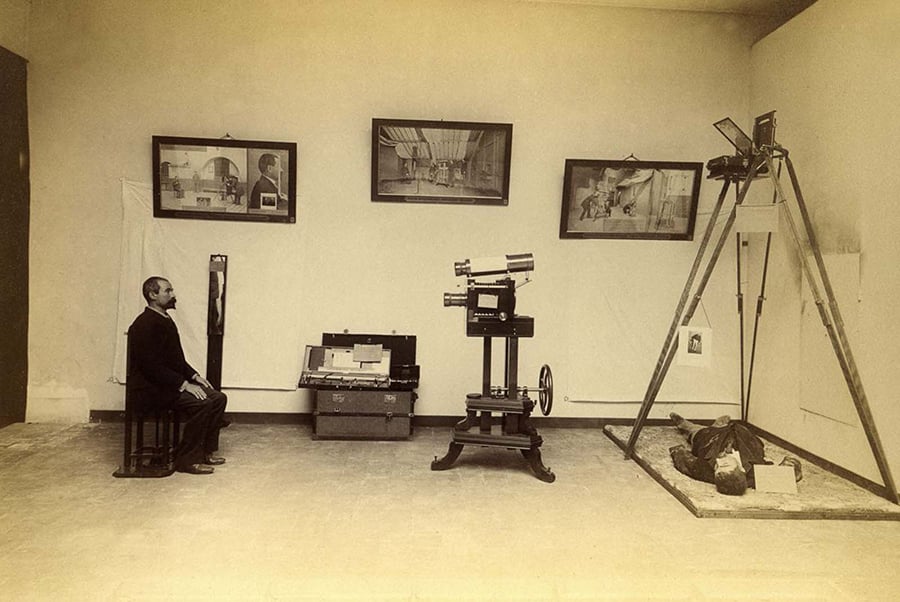 Alphonse Bertillon, Setups for photographing suspects and murder scenes, 1894, Courtesy Wiki Commons
Alphonse Bertillon, Setups for photographing suspects and murder scenes, 1894, Courtesy Wiki Commons
 Julio César Morales, Boy in Suitcase, 2013, courtesy the artist and Gallery Wendi Norris, San Francisco
Julio César Morales, Boy in Suitcase, 2013, courtesy the artist and Gallery Wendi Norris, San Francisco
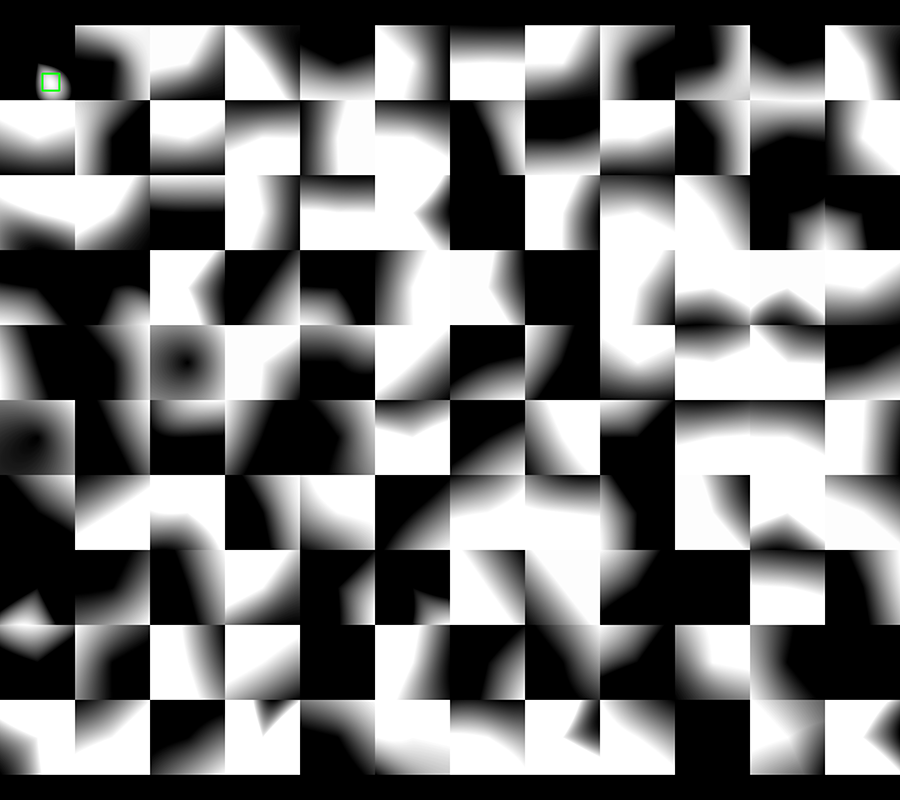 Heather Dewey-Hagborg, How do you see me? (film still, face detection), 2019, courtesy the artist and Fridman Gallery
Heather Dewey-Hagborg, How do you see me? (film still, face detection), 2019, courtesy the artist and Fridman Gallery
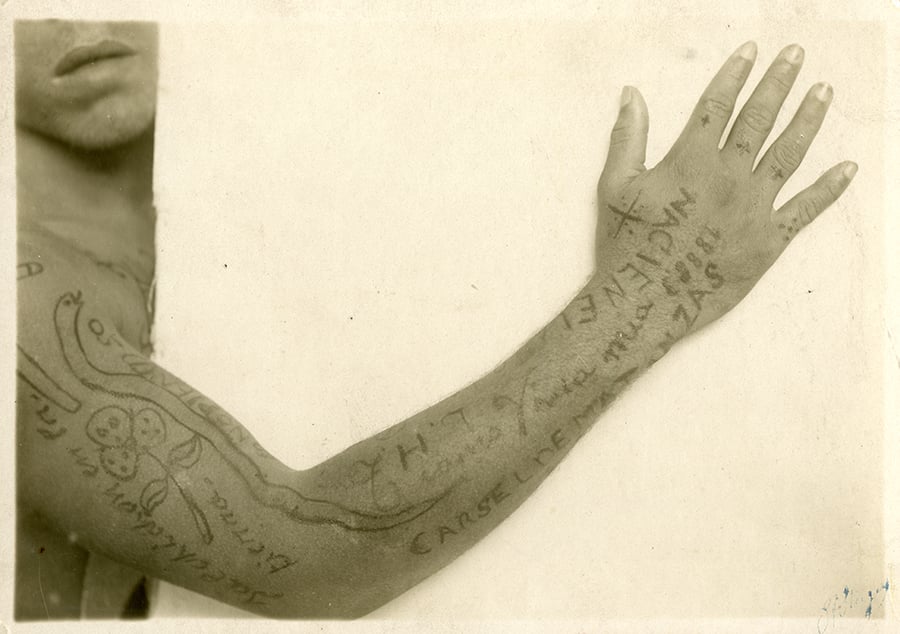 Photographer once known, Photographs of Clinton Prison, Inmate from Clinton Prison showing tattoos, No. 20,1932-1945, courtesy NYS archive
Photographer once known, Photographs of Clinton Prison, Inmate from Clinton Prison showing tattoos, No. 20,1932-1945, courtesy NYS archive
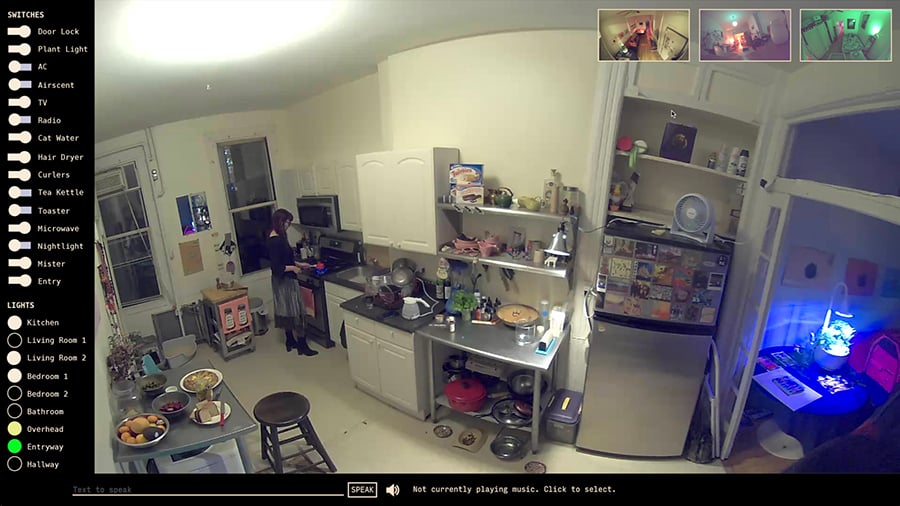 Lauren Lee McCarthy, LAUREN Interface Prints, 2017, courtesy the artist
Lauren Lee McCarthy, LAUREN Interface Prints, 2017, courtesy the artist
The Arrested Image: Identity Through the Lens of Law Enforcement
Curated by Sophie Landres
June 21 – November 2, 2025
Chandler and North Galleries

Zach Blas, Face Cages, 2014–2016, courtesy of the artist
The Arrested Image: Identity through the Lens of Law Enforcement, takes a close look at the portraits produced by police vision. By turning the gaze back onto how forms of law enforcement see and portray, it poses urgent questions regarding the relationship between identity and notions of truth, liberty, privacy, and justice in the face of rapidly advancing law enforcement technology.
From 19th century daguerreotype mugshots to today’s biometric databases, law enforcement techniques evolved in tandem with technologies used to represent identity. Despite the presumed objectivity of photography and its technological replacements, asymmetries between representation and reality proliferated along the way. Through archival material and artwork by 16 contemporary artists, The Arrested Image demonstrates the extent to which policing produces images that shape conceptions of identity and are often misshaped by the techniques that produced them.
The exhibition approaches “police” as both a noun and a verb: the organized bureaus, departments, and patrols that enforce order as well as the cultural practices through which order is more vaporously enforced. With a similarly broad consideration of photography as the root of a visual media lineage that includes video, postcards, 3D printing, and facial detection algorithms, it situates photographic portraiture and policing on parallel paths to capture, classify, and interpret personhood.
While giving critical attention to historical artifacts, The Arrested Image features an extraordinary array of photographs, installations, videos, prints, and sculptures by contemporary artists who explore what it means to be distorted or fixed in the eyes of the law. With an emphasis on technical processes, several works expose the prejudicial engineering behind machine vision and algorithmic analysis. Others point to racial and class biases, faulty scientific reasoning, or debunked gender assumptions within profiling systems. A selection focuses on the targeted surveillance of certain groups and the increasingly pervasive presence of surveillance in civil society. Confronted with police tactics and corporate partnerships that erode civil liberties, the exhibition also presents examples of artists’ strategies to subvert or resist identification.
In aggregate, the works remind us how aesthetic conventions and interpretive mediums make serious claims as to an individual’s personhood vis-a-vis constitutional laws, unlawful decrees, and regulatory social systems. Only by understanding the basis of such claims can we make informed decisions regarding the policing of our neighborhoods, campuses, national borders, even our thoughts, and especially, the constructions that detain ostensibly disorderly identities.
Exhibiting artists include Zach Blas, Sophie Calle, Paolo Cirio, Dana Claxton, Heather Dewey-Hagborg, Hasan Elahi, Harun Farocki, Miguel Fernández de Castro, Tomashi Jackson, Lauren Lee McCarthy, Julio César Morales, Trevor Paglen, Sherrill Roland, Dread Scott, and Julia Weist. The exhibition also includes archival objects from The Andy Warhol Museum, Harvard Medical School Center for the History of Medicine, New York State Archives, New York State Museum, and University of Rochester Medical Center Library.
 Alphonse Bertillon, Setups for photographing suspects and murder scenes, 1894, Courtesy Wiki Commons
Alphonse Bertillon, Setups for photographing suspects and murder scenes, 1894, Courtesy Wiki Commons
 Julio César Morales, Boy in Suitcase, 2013, courtesy the artist and Gallery Wendi Norris, San Francisco
Julio César Morales, Boy in Suitcase, 2013, courtesy the artist and Gallery Wendi Norris, San Francisco
 Heather Dewey-Hagborg, How do you see me? (film still, face detection), 2019, courtesy the artist and Fridman Gallery
Heather Dewey-Hagborg, How do you see me? (film still, face detection), 2019, courtesy the artist and Fridman Gallery
 Photographer once known, Photographs of Clinton Prison, Inmate from Clinton Prison showing tattoos, No. 20,1932-1945, courtesy NYS archive
Photographer once known, Photographs of Clinton Prison, Inmate from Clinton Prison showing tattoos, No. 20,1932-1945, courtesy NYS archive
 Lauren Lee McCarthy, LAUREN Interface Prints, 2017, courtesy the artist
Lauren Lee McCarthy, LAUREN Interface Prints, 2017, courtesy the artist
SUNY New Paltz 1 Hawk Drive, New Paltz, NY 12561
845.257.3844
For more information contact us at [email protected]
